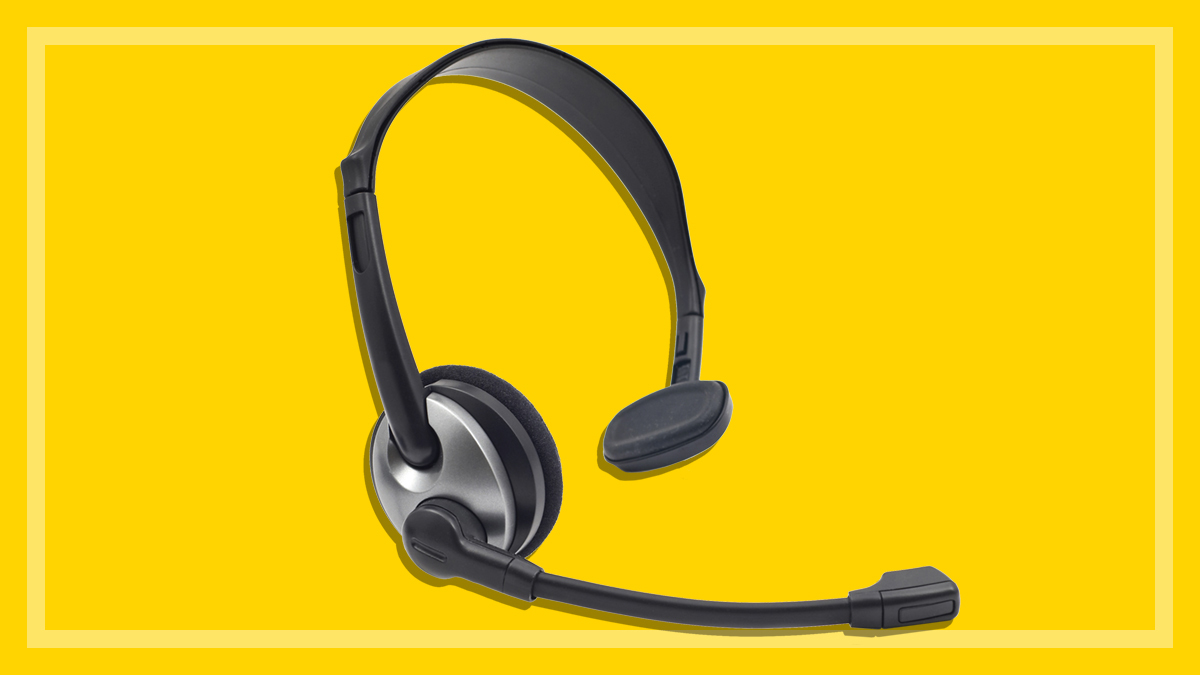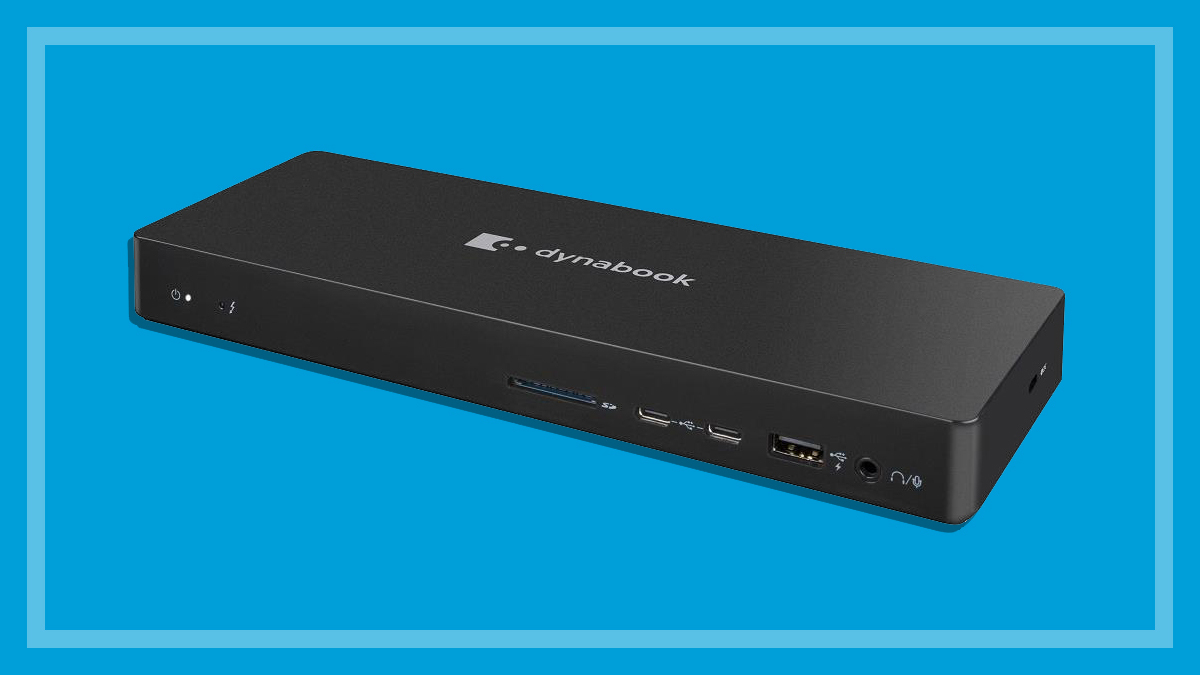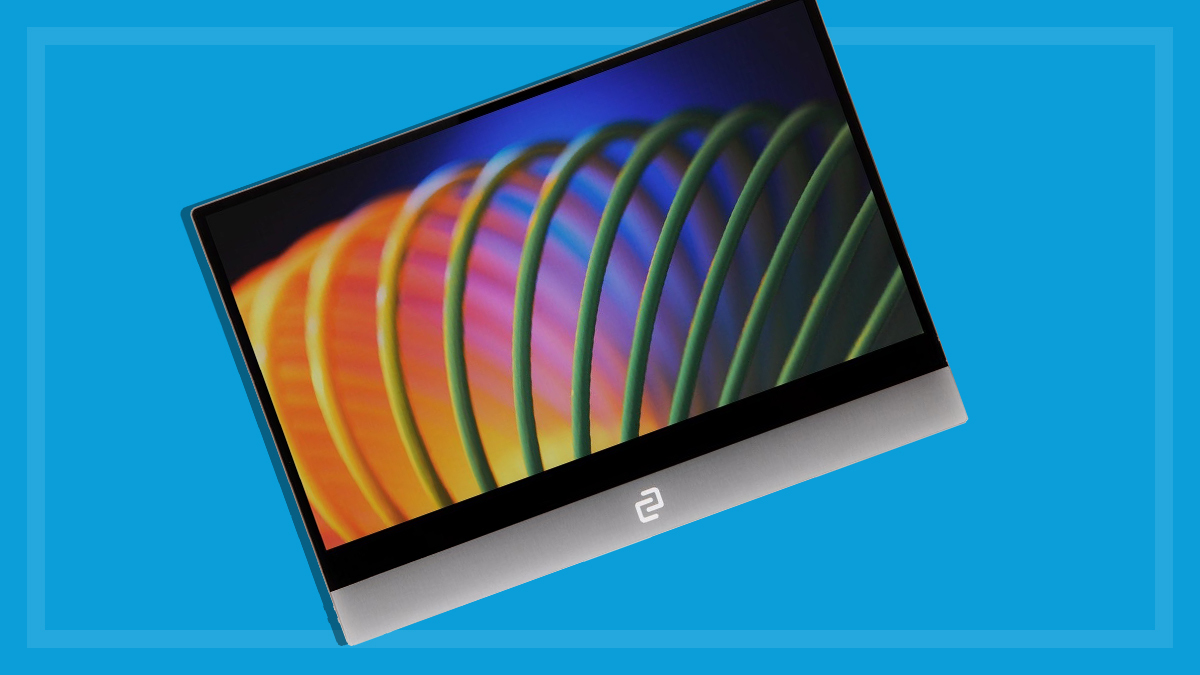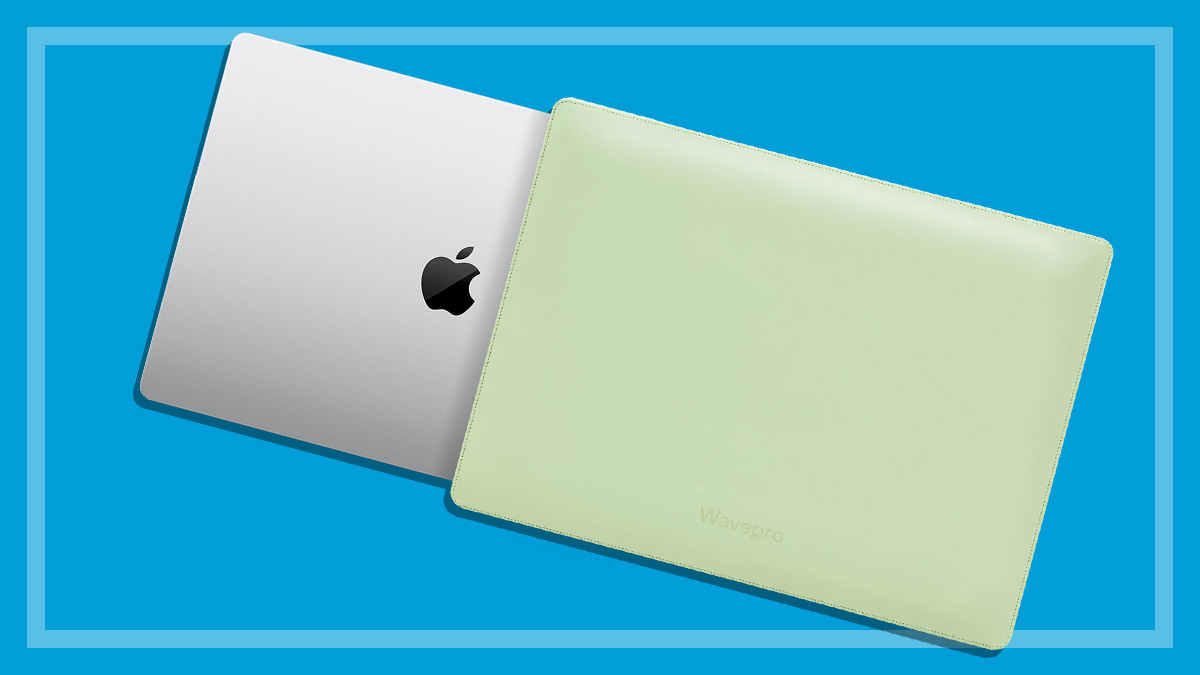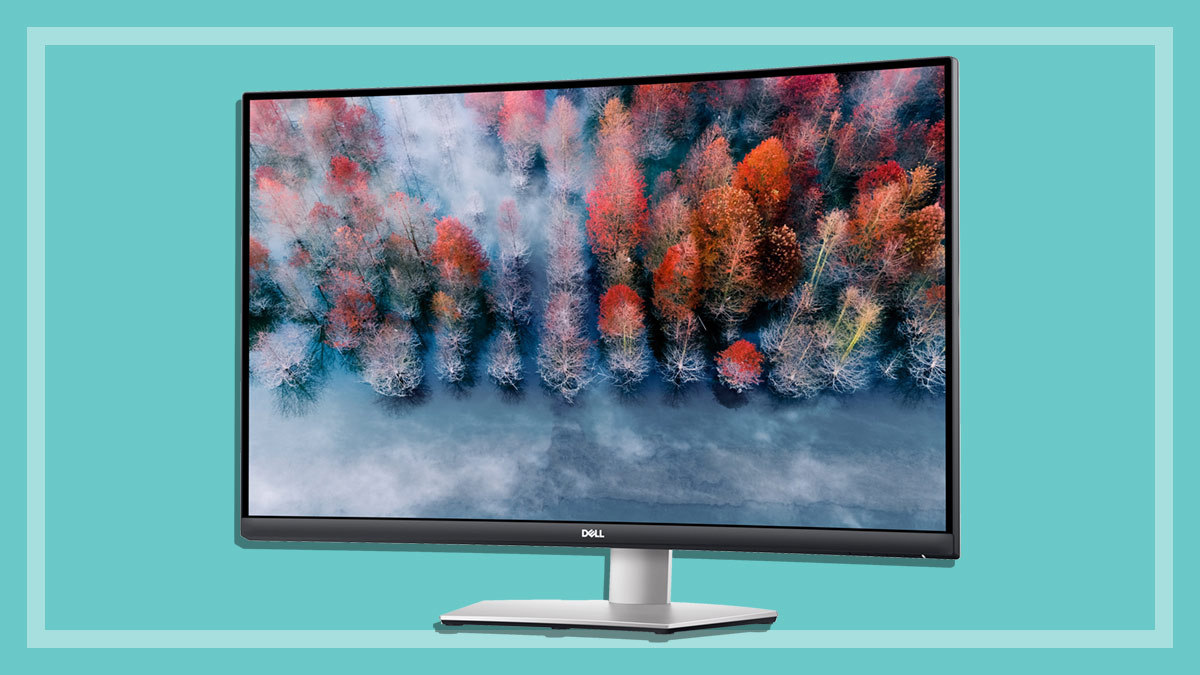Get our independent lab tests, expert reviews and honest advice.
How to buy the best headset or headphones for video conferencing

A good quality headset or headphones are a must if you’re sharing your workspace at home or in the office. Though headsets aren’t particularly complicated, there are a few things to consider before buying.
On this page:
- Should I buy a headset or headphones?
- Which headsets work with Facebook Messenger, Skype and Zoom?
- Do headsets work with Android, Windows and MacOS?
- Are wired or wireless headsets better?
- Which headsets are the most comfortable?
- Features to look for
- Will work pay for my headset?
Should I buy a headset or headphones?
There aren’t many differences between headsets and headphones that can also take calls. They’re all available in on-ear, around-ear or in-ear configurations with wired and wireless connectivity. Some have noise cancellation in the headphones and microphones while some don’t.
Headsets are designed for hands-free chat and not much else. They mostly put the microphone on an extended arm that you can rotate and move to a comfortable distance from your mouth. Some claim to offer good quality music playback but they’re not very common and tend to cost as much (or more) than a pair of mid-range headphones anyway.
Headphones, meanwhile, have microphones inside the cans, earbuds or attached to the cable. This makes them somewhat more discreet when you’re using them in public, as they don’t have a large mic arm sticking out.
Headphones are also designed for all sorts of audio including music, movies and online videos, which means they can get pretty expensive as you move into high-end consumer grade gear. Headphones come in wireless and wired variants. Wireless earbuds usually have about two to six hours of battery life, while over-ear models can run for as long as 20 hours.
Gaming headsets
Gaming headsets are designed for communication and entertainment, so they can deliver impressive quality audio with features like simulated surround sound. However, this is overkill for basic video conferencing, and they tend to be quite bulky, making them unsuitable for day-to-day use away from your desk.
Finding the right frequency
Most people’s ears have a frequency response of 20–20,000Hz and headphones usually cover this range. It’s broad enough to capture the highest and lowest pitched sounds we’re capable of hearing. As you age, so does your ability to hear the full range of audio, with higher frequencies most affected.
Our voices, however, sit in a much narrower range, so there’s no need for headsets to cover the entire spectrum. They’re typically limited to a frequency response of 100–11,000Hz which is fine for conversations and podcasts, but not ideal if you’re listening to music, particularly classical or jazz.
You can find the frequency response for headsets and headphones listed in the specifications. Check this before buying if you plan to use yours for entertainment in addition to video conferencing.
Which headsets work with Facebook Messenger, Skype and Zoom?
Headset connectivity is handled by the operating system on your phone or computer. Once you connect, the headphones and microphone automatically activate and will work with your chat software of choice. However, you may need to tweak a few settings.
Web browsers will request permission to access the headphones and mic before a call. Select “approve” or “yes” depending on your browser. Some apps may do this too, depending on your smartphone’s permission settings.
You may also find the occasional headset that’s inexplicably incompatible with certain phones and operating systems. Unfortunately, this tends to relate to specific issues with individual computers so there’s no simple solution. But one example could be if you’re trying to use Apple headphones on an Android device or PC, particularly with Bluetooth connectivity.
A lot of headsets advertise certification or special compatibility with programs like Skype and Zoom. Things like improved audio quality and “enhanced controls”. Don’t put much stock in these claims – they’re minor conveniences that don’t make much of a difference for most consumers.
Do headsets work with Android, Windows and MacOS?
Pretty well any headset or headphones will work with Android, Windows and MacOS by default. Plenty work with iOS too but double check this as support isn’t as widespread as other operating systems. You may encounter some compatibility issues but these can usually be resolved by tweaking the audio settings, particularly in Windows.
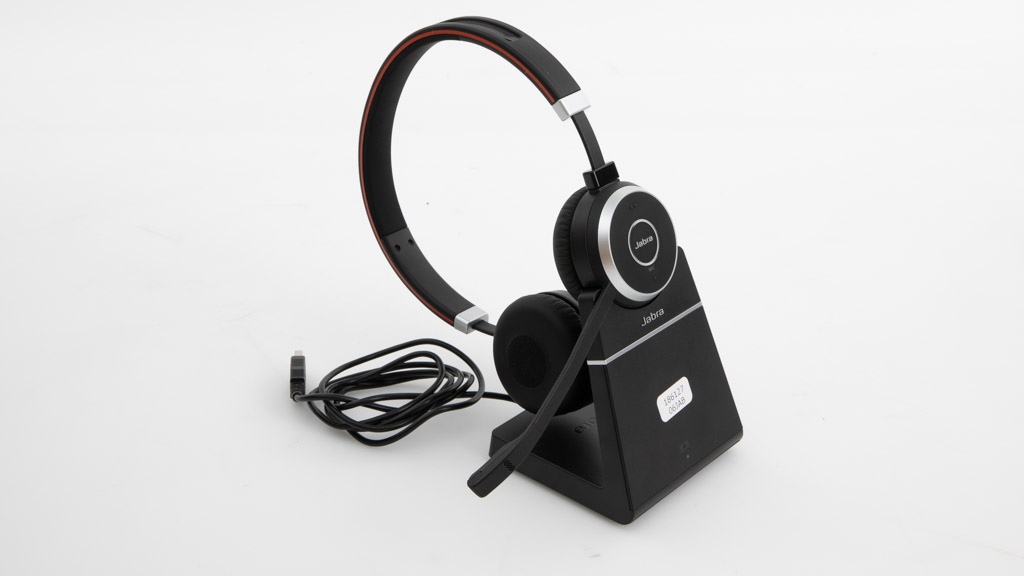
For example, if the headset uses a single auxiliary cable, Windows may only activate audio playback. In this case, you’ll need to go into the sound settings to turn on the microphone as well. Similarly, some Bluetooth headphones can reconnect automatically whereas others will require manual connection in the settings each time you turn your computer on.
If you’re buying a headset that uses cables, make sure you check the connection method before buying. Many headsets are available with a variety of outputs suited to your PC, Android, or iPhone. Though you can get converters, the headset may not be compatible.
Are wired or wireless headsets better?
Though wired and wireless audio quality can make a big difference when listening to music, it’s not quite as important for video conferencing. The question of which one is better mostly comes down to the way they connect to your computer or smartphone.
Most headsets and headphones use auxiliary (3.5mm), USB-A or Bluetooth to connect. Below are the differences and how to connect each one.
USB-A
This is the easiest option as it’s quite literally plug and play. However, smartphones and super slim laptops don’t support it so you’ll need an auxiliary or USB-C converter. Auxiliary aka AUX (3.5mm)
The good old AUX port has been a headphones mainstay for decades. Most also incorporate a microphone input on the same plug but some older laptops or tower PCs have separate ports for the mic and headphones. In this case, you’ll need a splitter or a headset with one built in. Like USB-A, AUX is generally plug and play.
Windows 10 has some basic but nifty audio options that pop up when you use the AUX port. These let you select the type of headphones (over-ear, earbud) and mic type to optimise performance. But things can get fiddly when this doesn’t work, as Windows can default to audio-only mode. In this case, you’ll need to go into the settings to activate the mic or “headset mode”.
Bluetooth
Connecting headphones via Bluetooth takes a few steps, but you don’t need to worry about wires getting in the way. Though lip-sync can be an issue with any wireless audio, things have improved in the more recent Bluetooth versions (such as 4 and 5).
Every headset or pair of headphones uses different controls, but the basic steps are the same. You need to activate Bluetooth pairing on your computer or smartphone followed by the headphones. Once they appear in the list of Bluetooth devices on your computer or smartphone, select “pair”. Everything should work after that, though Windows users may still need to activate the mic in the audio settings. Most headphones will automatically reconnect when you turn on your computer or smartphone.
Connection compatibility
Make sure your computer or smartphone has the right connectors before buying. Lots of modern computers and smartphones have ditched auxiliary and USB-A inputs in favour of USB-C, while many Apple products (like iPhones and iPads) still use the lightning connector. Owners of older Apple devices with a 30-pin connection can thankfully use the 3.5mm headphone jack.
Which headsets are the most comfortable?
You can gauge the kind of headset that’ll suit your needs based on the type of headphones you like to wear. Bear in mind, however, that you may wind up wearing headsets for much longer if your job involves lots of calls or meetings (and the over-ear style can become painful if they push into the arms of your glasses for too long).
Headsets with a microphone arm generally have better conversation clarity, but that’s not the only advantage. Most let you adjust the arm for optimal mic placement by rotating it up or down and gently bending it in and out. Some can rotate 360 degrees which gives you the option to put the mic on the left or right side of your head.

Unfortunately, most retailers don’t let you try headphones before you buy them for health and safety reasons. This is why we conducted a comfort and adjustment assessment in our test.
Features to look for
Battery life
This is important if you own a wireless headset, as the call controls and microphone may not work without a charge. Look for models with a long battery life if you expect to spend most of your day in meetings.
Cable length
Longer cables are generally better as they give you room to move and can be bundled out of the way. However, they can be prone to curling and knotting.
Noise cancellation
This will cut out lots of the environmental noise around you that may interfere with your ability to hear the call. Some microphones also have noise cancellation, which is often called isolation. It’s a handy feature that isolates your voice and significantly reduces the amount of background noise at your end of the conversation, so other participants can clearly hear you.
Onboard controls
Most headsets and headphones include basic controls built into the headset, or as a dongle on the cable. These let you increase or decrease volume, answer and mute calls. Some have physical buttons whereas others use touch controls. Touch controls can be tricky to use on smaller headphones, such as earbuds, so you may want to avoid these if you have limited dexterity.
Replaceable parts
The padding on and around headsets, as well as the silicon fittings on earbuds, can become damaged or degrade over time. Some let you replace these parts so you don’t need to buy an entirely new pair of headphones.
Will work pay for my headset?
You may be able to get a reimbursement on a new headset if it’s considered essential equipment. Ask your manager or accounts department before buying, and confirm whether you can get reimbursed for the model you’re considering.
If work won’t reimburse you then write it off on tax. Though you won’t get the full amount back you should be able to claim a portion as an essential purpose.
But remember to be reasonable. You probably won’t get far if you try to claim a brand new pair of $500 headphones for “essential online meetings”.

